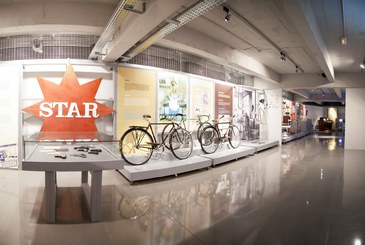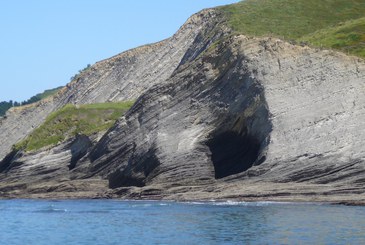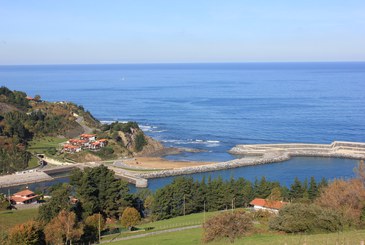
The relics of the past
There is a vast number of caves, faults and prehistoric sites in Debabarrena. Of them all, the cave of EKAIN is the jewel of the crown and is regarded as one of the five most important of its kind in the world. While the best example of bovine painting is to be found in Lascaux and that of bisons in Altamira, without doubt the best representation of horses is that of Ekain.
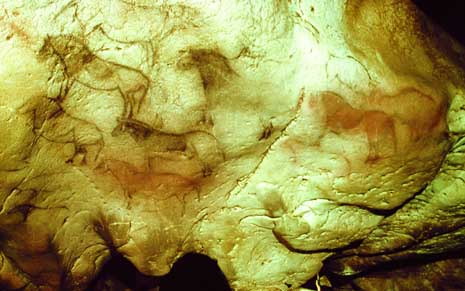
Pinturas rupestres de caballos en Ekain.
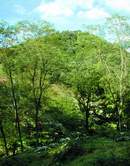
The prehistoric site of Ermittia, located near Sasiola, was discovered by Aita Barandiarán in 1924. Here he unearthed remains such as shaped bones, pottery and hunting implements. Another prehistoric site can be found in Urtiaga, in the vicinity of Itxaspe. This deposit is of great anthropological interest as it is here that several skulls dating back to between 12,000 and 8,000BC were discovered.
In the valley of Lastur mention must be made of caves such as Gaztelu, koba zarra, Aitzgaizto, Goikola Berri, Txominen koba, Larrabiel etc, while in the surroundings of Sasiola, Arbil and Praile Aitz should not be missed.
A variety of remains of diverse origin have also been found in numerous sites on the slopes of Arno next to Mutriku and in the Valley of Kilimon.
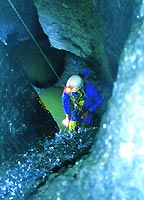
Given the karst origin of the area and the proliferation of geological faults, the Valleys of Lastur and Kilimon are a dream come true for those who are keen on potholing.
Throughout the Valleys of kilimon, Astigarribia and Olatz (the latter two to be found in the municipality of Mutriku), there is an abundance of kilns (old-fashioned constructions used to produce lime), many of which have now been rebuilt.
Separating Soraluze and Elgoibar, the megalithic range of Karakate is dotted with deposits and is known as the "route of the dolmens".


